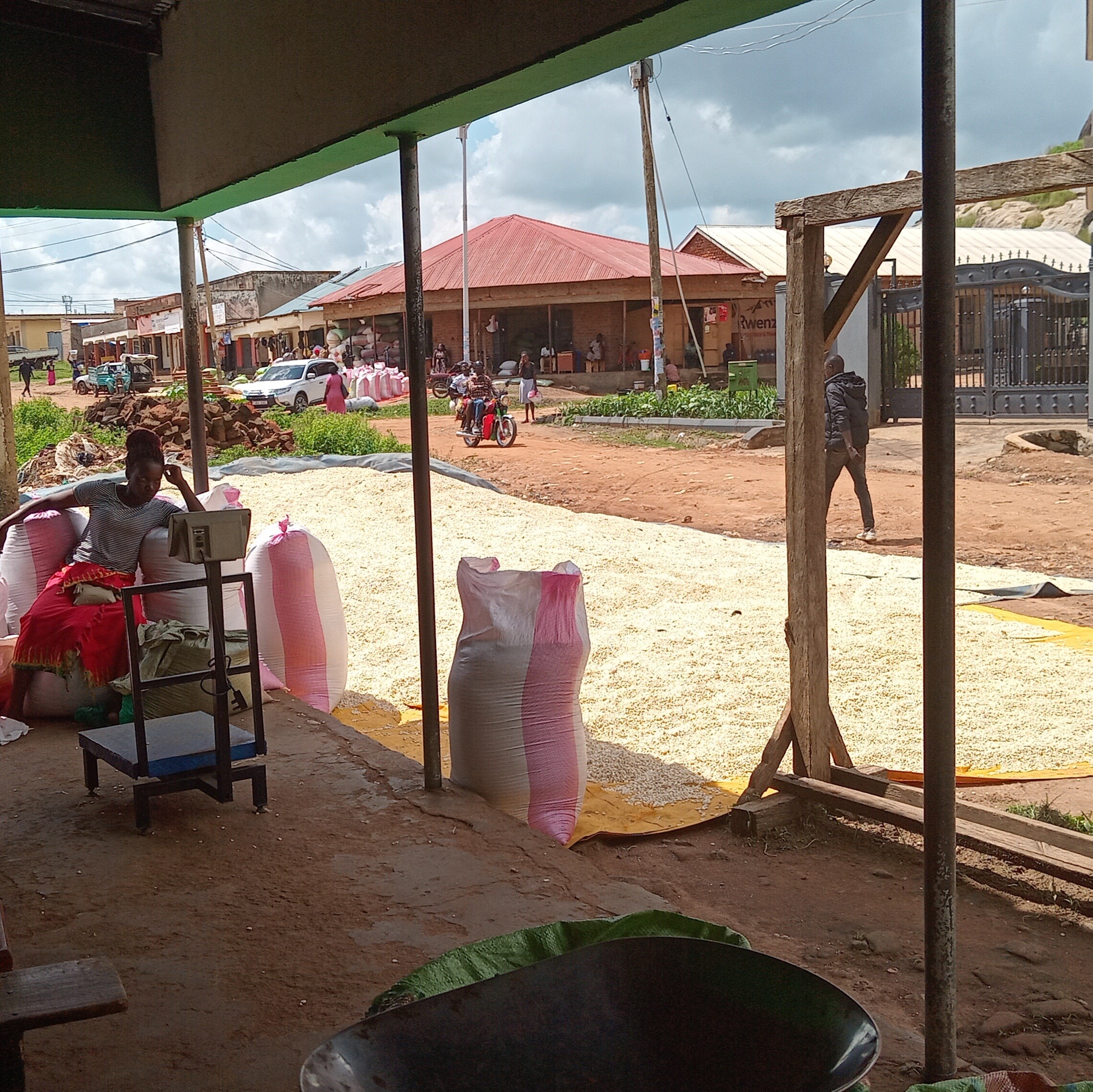SOROTI, August 28, 2025 – Maize farmers in Soroti and Serere districts are bracing for significant financial losses following a sharp decline in prices offered by middlemen and grain millers in the two districts, and others in the Teso Subregion.
Farmers attribute the price slump to increased supply and the release of stored grain onto the market, which has triggered a nearly 30 percent drop in farm-gate prices. This downturn comes after they incurred high production costs on inputs such as seeds, fertilisers, and labour.
Benjamin Odeke, a maize farmer from Oculoi Subcounty in Soroti district, who cultivated four acres this season and recorded a good yield, says the current prices are unsustainable.
“A kilogramme of maize grain is now going for between Shs 500 and Shs 700, down from Shs 1,200 to Shs 1,500,” Odeke said. “The pinch of low prices has started to hit us [farmers], yet we invested heavily in labour and inputs like fertiliser and seeds.”
Modesta Aguti, another farmer from Kateta Subcounty in Serere district, expressed frustration over the situation, saying the current market rates are discouraging for maize producers.
“If I consider the money I spent on ploughing the land and buying pesticides, selling my grain now would be a great loss,” Aguti said. She called on the government to step in and subsidise farmers when crop prices plunge, to ensure they earn a fair return on their investment.
Despite the challenges facing farmers, the drop in maize prices has led to a noticeable decline in the retail cost of maize flour. A kilogramme now sells for between Shs 1,400 and Shs 1,800 — a decrease from previous highs of Shs 2,500 to Shs 3,000.
George William Tukei, the Commercial Officer for Soroti City, confirmed the fall in grain prices and acknowledged its impact on farmer earnings. However, he urged farmers to avoid panic-selling, noting that prices are likely to rebound.
Another farmer told this reporter he has reserved some of the maize grains for his chicken and pigs with the anticipation that they will build muscles so fast and then sell them at good prices, as one way of mitigating fluctuating maize prices. “Instead of selling all my maize cheaply, I have reserved some for my chicken and pigs, which I will sell at good prices,” he said, adding that he does not have to buy animal feeds right now.
“We urge farmers to be patient and hold on to their grains for now. With recent floods affecting several areas, prices are likely to surge soon, ensuring better returns for their hard work,” Tukei said.
He urged the maize farmers to embrace cooperatives, saying the cooperatives are good at bulking, marketing, and ensuring quality through good post-harvest handling practices, but also can innovate to go into processing so that farmers can get good prices.
However, a middleman told this reporter that some farmers in Teso are being offered low prices for their maize grains because of poor drying which brings about high moisture content which affects the posho quality, and bring about aflatoxins that pose health risks to consumers.
Scientifically, farmers must dry maize grains to a moisture content of 12-14 percent to prevent the growth of mold and fungi, inhibit insect infestations, reduce post-harvest spoilage, and ensure the grain’s suitability for long-term storage and sale.
Low moisture content is critical for maintaining grain quality, increasing shelf life, preventing the production of harmful aflatoxins, and helping farmers achieve higher market prices for their crops.
Buy your copy of thecooperator magazine from one of our country-wide vending points or an e-copy on emag.thecooperator.news
